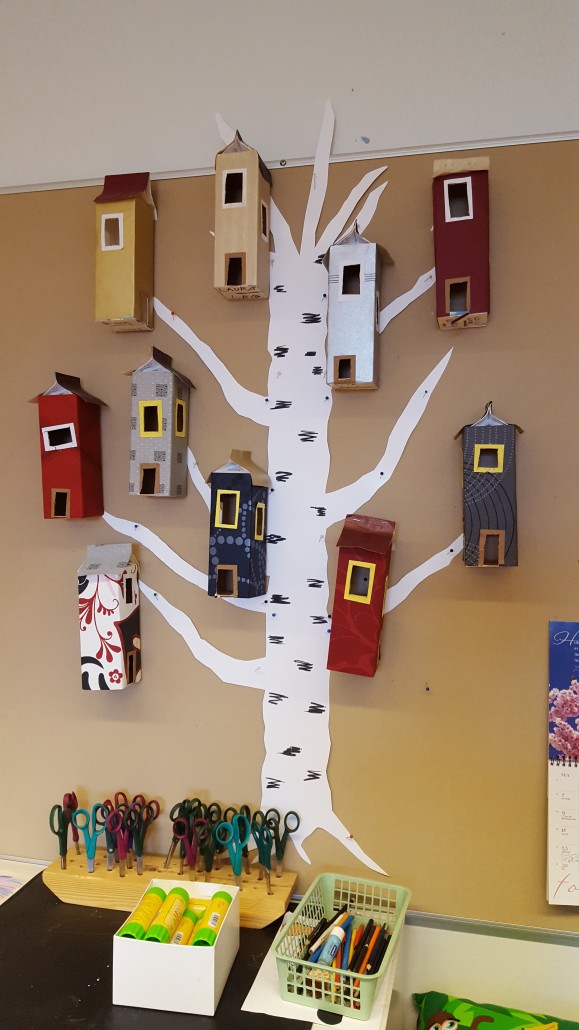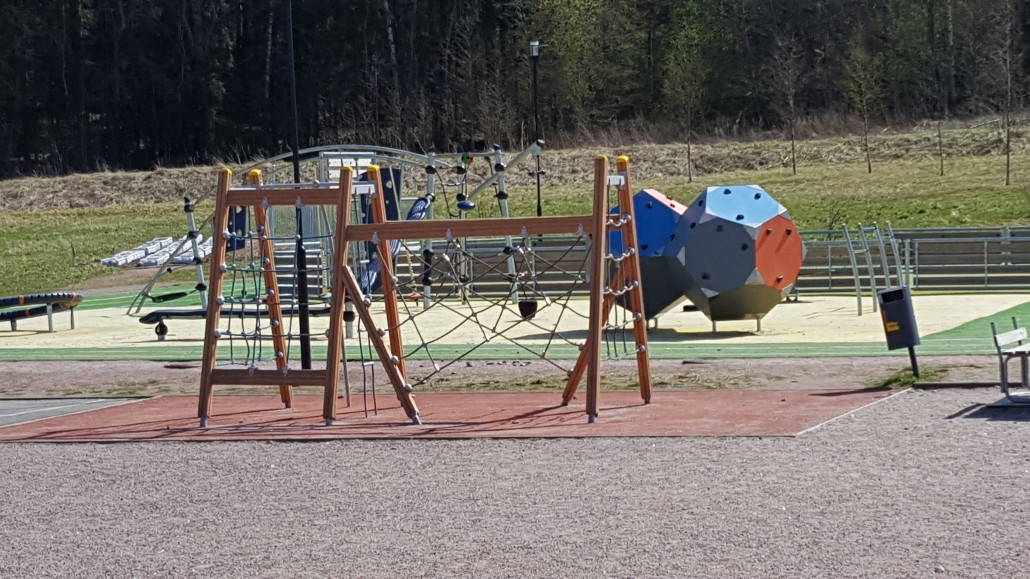How Do We Better Engender a Healthy, Happy, and Productive School Environment where both Teachers and Students can Flourish?
I was honored to be named in Top Global Teacher Bloggers / CMRubinWorld.com / Global Search for Education http://www.cmrubinworld.com/TGTB. The bloggers on this list have been asked to contribute to Huffington Post’s Education blogs for 2016. This month we look to answer the following highly controversial question “How do we better engender a healthy, happy, and productive school environment where both teachers and students can flourish?“
If you step in a school building anywhere on earth you will soon after a small observation perceive the atmosphere in the school. You can take notice what kind of an environment the school offers – both in physical and in mental sense.
Observe how students and teachers confront. Is it friendly and respectful – both sides? How do they address each other? And how’s the interaction between teachers? How do teachers talk about students’ affairs? Do they discuss professional items and what do they discuss about? How do students communicate with each other?
Observe how the school building is used as a learning environment. The architecture of old schools strongly imply of an old conception of learning. The classrooms are on both sides of a long corridor, the teacher is giving information in the front and the students are passively listening. How this building has been made better for students and teachers of today? Many schools have succeeded in creating cosy spots for students to spend their breaks or to do team works in smaller groups. There are indoor plants in the classroom. The desks and chairs are regrouped in a different way. The desks don’t stand in rows but they are forming different size of learning places. Instead of chairs there could be cushions. Even the colorful curtains bring a joyful and cosy atmosphere. If you can see students’ art on the classroom and corridor walls – it tells you that their work is appreciated. The architecture of new school buildings around the world is nowadays different – the students are seen as active learners in their own learning situations. The new school buildings have spacious open places, libraries and places to work and use ICT.

Photo: Maarit Rossi
Observe what kind of social activity the students are having during the day. How often and how long are the breaks? Do they have places to spend their breaks in? What activities do they have? The worst scenario is that there are no breaks at all between the lessons and the students just enter the next lesson after the other. The best scenario is that the students have satisfactory long breaks during which they can fill their social needs and talk with each other. Otherwise they will do it anyway – by disturbing the lessons.

Photo: Maarit Rossi
Ask if the teachers are offered in-service training. When has the teacher been there last and what was the subject? Do the teachers have personal in-service training for teachers? The world around us is changing rapidly and the schools must adapt in new situations from exploiting technology to develop students’ skills for future jobs!
Observe students dietary habits and exercise during the day. According to research energy and physical training assist learning. This means that the students must have a school lunch during the day and a possible snack if the school day is long. As its best the students are provided with a free, healthy and a nutritious meal during the day. This happens for example in schools in Finland. The food is made by professional kitchen staff, who plans the meals according to the latest nutritious knowledge and serves them in cosy lunch rooms.
Finland is known as one of the best education country. The base for success needs basic blocks as: good atmosphere between teachers and students, healthy school lunches, enough breaks during the day and good working conditions. Another interesting subject to observe, that how much the students’ and teachers’ achievements are followed in schools? Do teachers prepare their students for tests or for learning?
